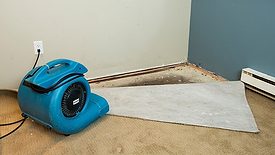Home » Keywords: » drying techniques
Items Tagged with 'drying techniques'
ARTICLES
Sponsored Content
Critical Analysis of the E3 Drying Metric: Validity and Application in Water Damage Mitigation
Industry Experts Question the E3 Metric's Validity for Predicting Evaporation Rates in Water Damage Mitigation
December 13, 2024
5 Critical Rules for Restoring Properties in High-Moisture Regions
How to Manage Humidity and Use the Right Materials for Long-Lasting Results
Read More
Sustainability in Property Claims
The Restoration Industry’s Shift Towards a Greener Future
Read More
Stay ahead of the curve with our eNewsletters.
Get the latest industry updates tailored your way.
JOIN TODAY!Copyright ©2025. All Rights Reserved BNP Media.
Design, CMS, Hosting & Web Development :: ePublishing












![NEW PHOENIX_LOGO_stacked gradient[71].jpg NEW PHOENIX_LOGO_stacked gradient[71].jpg](https://www.randrmagonline.com/ext/resources/2023/07/12/NEW-PHOENIX_LOGO_stacked-gradient%5b71%5d.jpg?height=168&t=1689135446&width=275)

